5 Ways 3D Process Simulation Can Improve Your Product
Contents
Traditionally, improving a product or its manufacturing process was a long and time-consuming undertaking. However, thanks to 3D simulation technology, you can now improve the quality of your overall product and the manufacturing process in a shorter time period. These advanced simulations allow you to find the right materials, identify areas for improvement, and calculate the right spring back compensation, just to name a few advantages. 3D process simulation can effectively improve product quality and the efficiency of the manufacturing process at a relatively low cost.
Here are five examples of how 3D process simulation can prevent a major problem becoming reality, and saves a ton of extra cost, by finding and fixing the problem in simulation.
Example 1 – Splitting
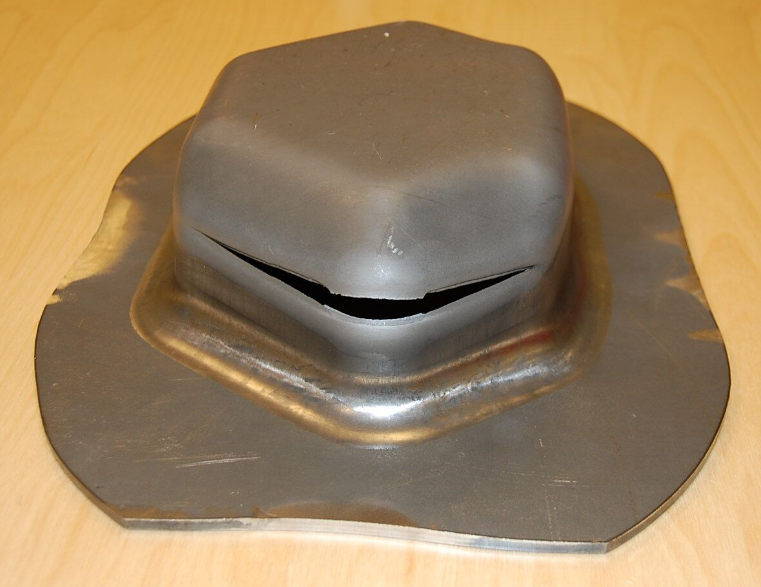 |
 |
Severe splitting can be predicted, and then corrected, in simulation. If the problem is found in simulation, a solution can be designed and proven in simulation.
Example 2 – Optimized Product Shape
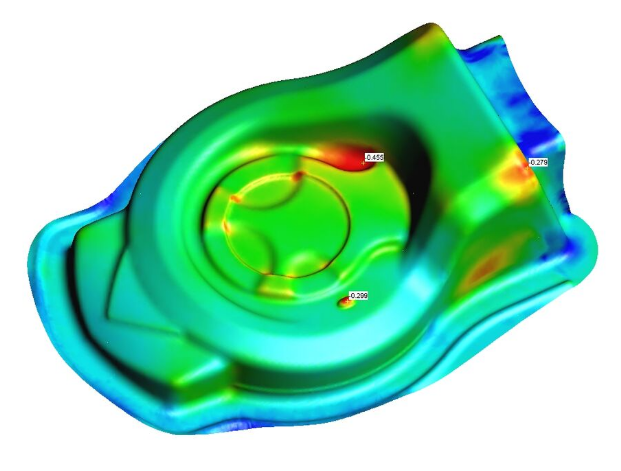 |
 |
This product design was optimized to allow a single stage draw, which traditionally was always done in two draw stages. The tool saving cost was significant, as well as reduced production costs.
Example 3 – Removal of Wrinkles
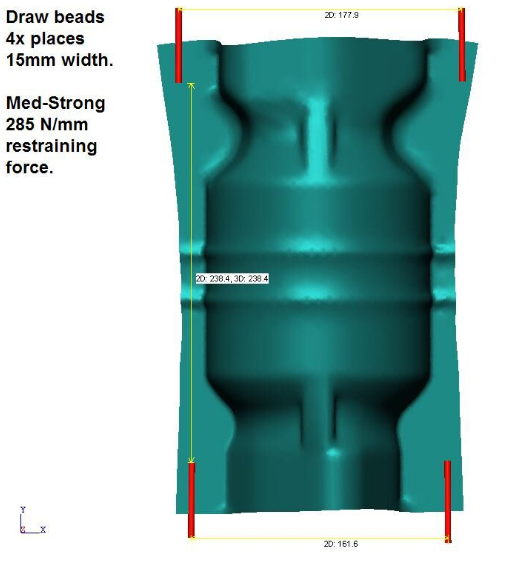 |
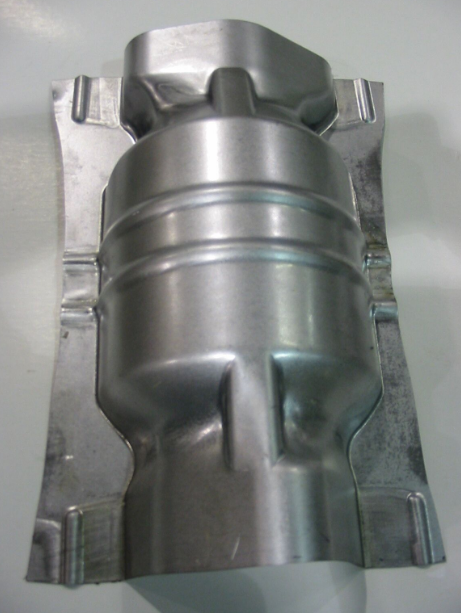 |
Wrinkles and fold-overs were avoided by using simulation to design and test small draw beads, to pull material tight during forming. Without simulation, the wrinkles would have been found AFTER tooling was made.
Example 4 – Flange Split Problem Removal
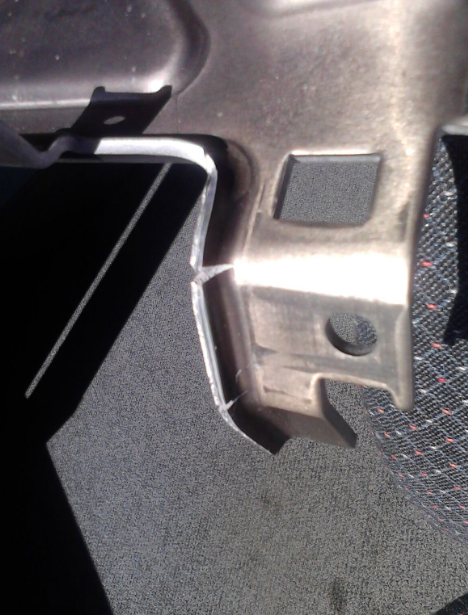 |
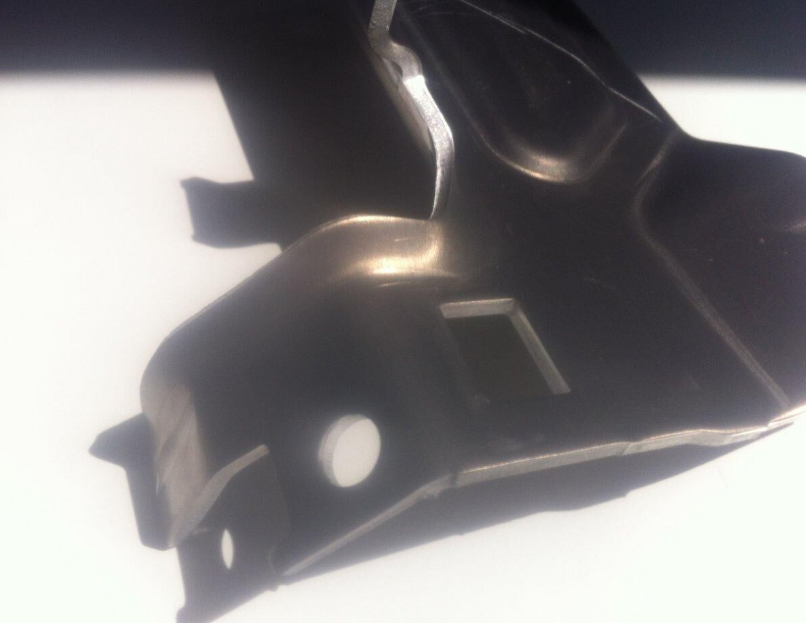 |
Using simulation, the product was redesigned to guarantee no split in the flange will occur during forming. The problem could have been found BEFORE tooling was made if simulation was used up front.
Example 5 – Determine the Correct Blank Shape
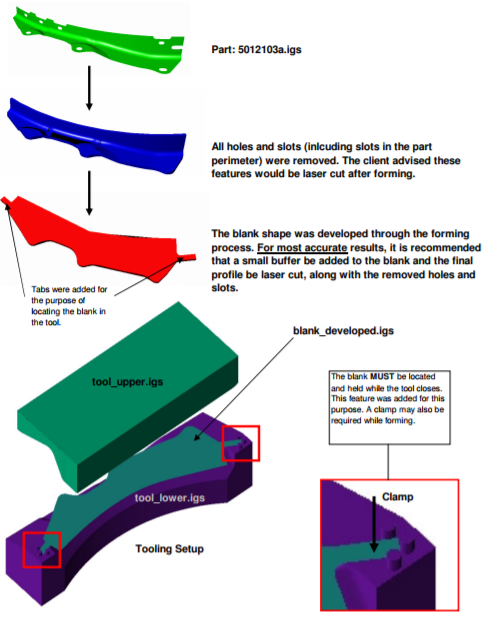
Learn More
Interested in learning more about what is possible with advanced forming simulation software? Take a look at a few of our case studies and see what’s we’ve accomplished for our clients.
